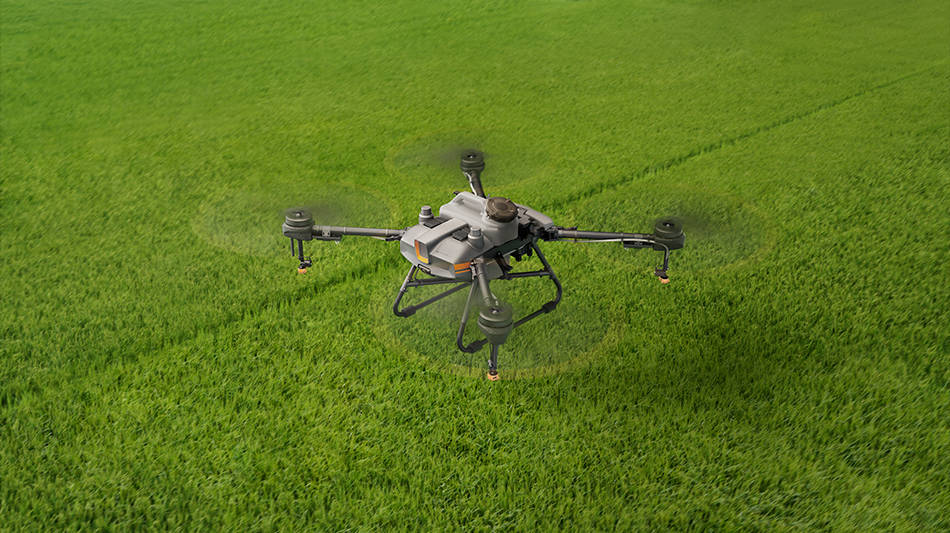The rice fields are contiguous, and the harvesters are running through the waves of rice. As the reel spun rapidly, the heavy rice ears were “fully gathered in their bags”, harvested, threshed, and spat out, all in one fell swoop, and the aroma of rice filled the air.
He went to several surrounding towns to conduct on-site investigations and found that the mechanization of local grain farming is generally not high. The number of harvesters is small, and there is no dryer. Wet millet still needs to be dried in traditional ways, which is time-consuming and labor-intensive. After thinking about it for a while, he found the right direction and decided to establish an agricultural machinery professional cooperative, moving towards scale, mechanization, and industrialization.
Set a goal and do whatever you say! With years of savings and borrowed funds, in the first year, Gao Wen invested over 1 million yuan to purchase a set of agricultural machinery production equipment such as rotary tillers, transplanters, harvesters, and dryers, and transferred 400 acres of land, all of which were planted with rice.
Unexpectedly, at the beginning, there was a flood. In the last ten days of June 2017, heavy to rainstorm occurred in Hunan. On the early morning of June 30th, the white sand embankment near the village burst, and all 400 acres of rice planted by Gao Wen were submerged. Watching the flood flooding the farmland, his heart ached deeply. I lost over 100000 yuan in the first year.
Now the cooperative has purchased rice insurance, and the government provides premium subsidies. It only costs 8 yuan per acre of land Gao Wen told reporters that he also provides proxy planting and collection services for surrounding farmers, with an annual comprehensive income of over 300000 yuan.
We use specialized bundling machines to collect and bundle straw, which is then sold as animal feed. This can increase income by about 100 yuan per acre and also eliminate pollution caused by open burning, “said Gao Wen. Nowadays, from grain sowing to harvesting, transportation, drying, storage, sales, and straw treatment, all have achieved mechanized one-stop operations.
This year, Changsha has vigorously promoted the construction and modernization of large and medium-sized irrigation areas, and coordinated the construction of backbone projects and high standard farmland irrigation and drainage systems in irrigation areas. At the municipal level, there are 500 backbone and general mountain ponds for dredging and dredging, 80 kilometers of “medium obstruction” channels for dredging, and 20 kilometers of connecting channels for construction.


没有reply内容